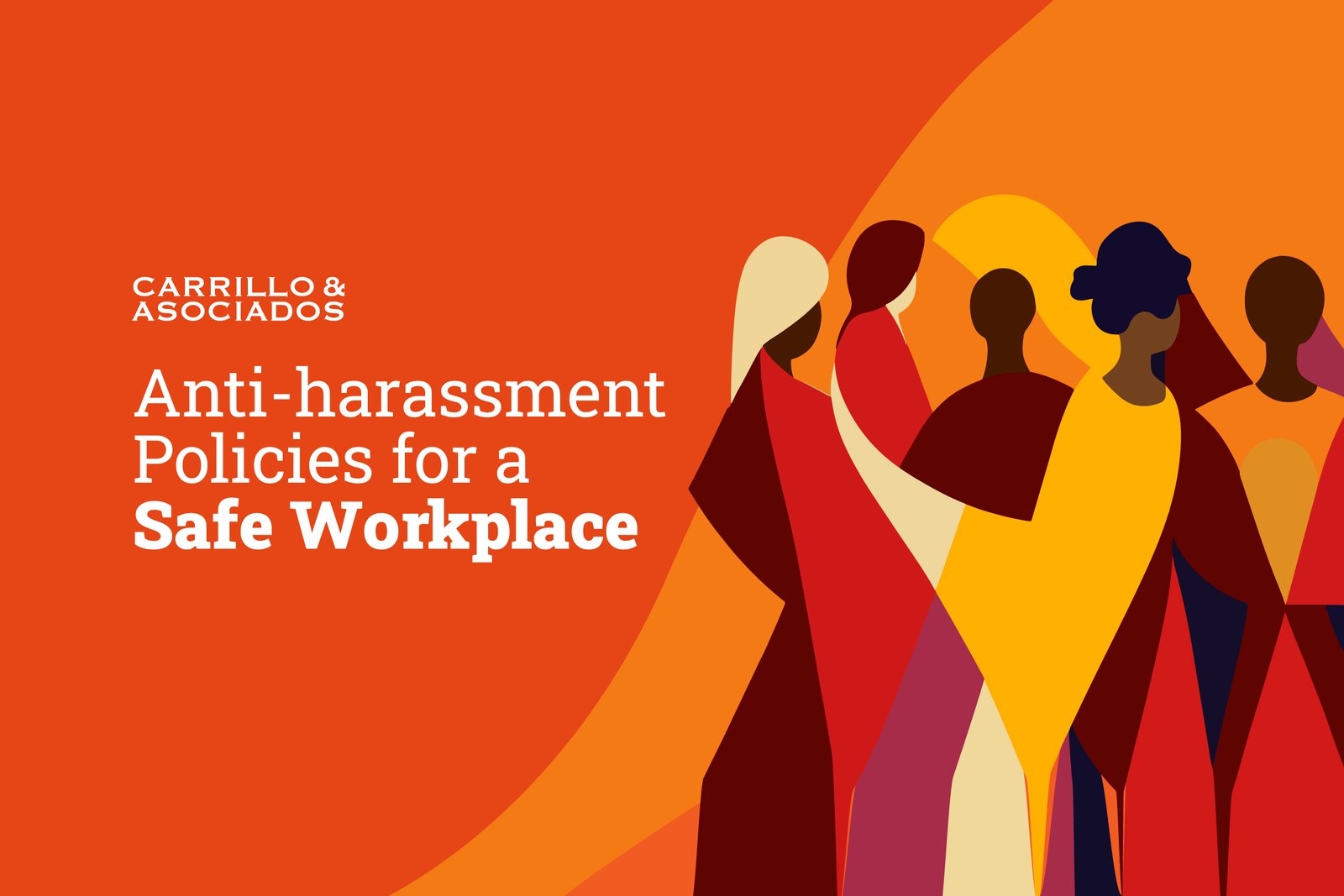
Harassment in the workplace is a form of violence. November 25th is the International Day for the Elimination of Violence against Women, and in honor of this day, this year we have prepared a series of recommendations containing guidelines to be implemented in your organization to mitigate and address situations of harassment, because creating safe spaces at work also means preventing violence.
Safe Spaces at Work
Throughout our lives, we spend approximately one-third of our time in the office, so work is not only a means of generating an income, but also an environment that shapes relationships, experiences, and emotional well-being.
In the workplace, sexual harassment is not an isolated or circumstantial problem. It can occur silently, it can be normalized, or disguised as "jokes", inappropriate comments, insinuations, or behaviors that seek to intimidate or exert power over another person. It doesn’t only affect those who experience it, but it also undermines trust, productivity, and the organizational climate, as such attitudes are often tolerated for fear of retaliation or job loss.
Recognizing this reality implies assuming institutional responsibility. Every organization, regardless of size or sector, must have a clear and accessible policy that prevents, identifies, and punishes sexual harassment or any other type of behavior that violates the dignity of individuals in their environment.
This policy should not remain a symbolic statement. It must be a functional tool that establishes prevention and sanctioning measures, and it must make clear how to act, who is responsible, and what guarantees are in place to protect those who report incidents.
Some essential elements that the policy should contain include:
- A precise definition of sexual harassment, including specific examples.
- A commitment to zero tolerance, with no exceptions.
- Confidential and secure channels for reporting.
- Clear internal procedures and/or protocols, with defined deadlines and responsible parties.
- Protection against retaliation for the person making the report.
- Proportionate sanctions applicable at any hierarchical level.
- Ongoing training to keep prevention alive in the organizational culture.
These recommendations should serve as a basis for developing a policy that is tailored to your organization but robust enough to address any harassment situation your team may face.
Half of Women Experience Violence in Guatemala
In 1999, the United Nations (UN) proclaimed November 25 as the International Day for the Elimination of Violence against Women. This date was established to honor the Mirabal sisters, three political activists brutally murdered on the orders of Dominican Republic dictator Rafael Trujillo in 1960.
Every day we see that violence against girls, adolescents, and women continues to be a reality in all areas of life.
This is shown by the first National Survey on Household Quality and Well-being (ENCABIH), conducted by the National Institute of Statistics (INE) of Guatemala between September and November 2023 in more than 18,000 households. According to the data collected, 49% of women reported having experienced at least one incident of violence. In addition, 34% said they had suffered some form of sexual violence, 32% psychological violence, 18% physical violence, and 15% economic violence.
It is because of realities such as this that we join in this commemoration every year, with the aim of reflecting on how this problem continues to manifest itself in our closest spaces, including at work.
Commemorating this day means understanding that violence can also be combated through the structures we create. Formulating, implementing, and maintaining a policy against sexual harassment is an act of commitment to dignity, respect, and the right of all people to work in a safe environment and space.
We invite all organizations to reinforce this responsibility with concrete actions.



Published on November 24, 2025.